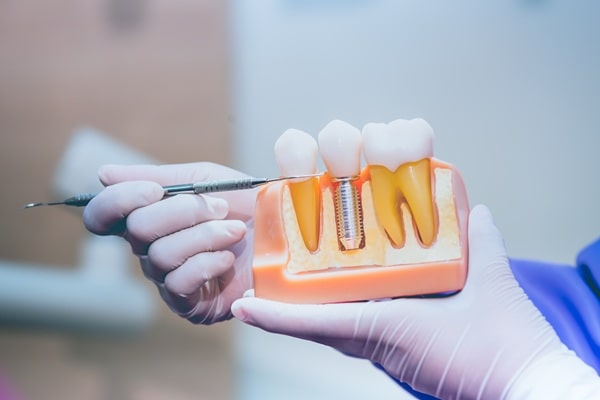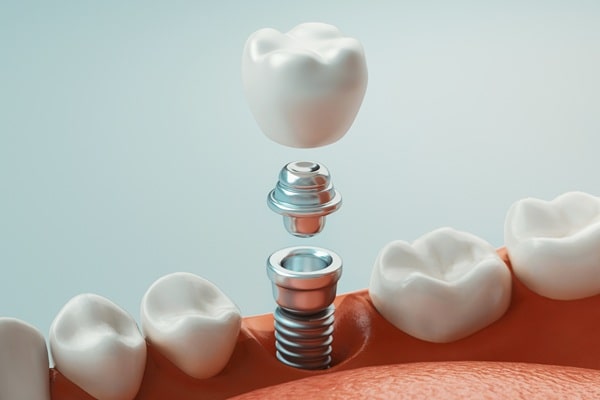Dental Implants In Downtown Toronto
When a tooth is lost, an implant can often replace it in the most natural way. Instead of resting on top of the gums like a denture, or anchoring to nearby teeth like a bridge, an implant sits in the bone and acts like a new root. On top of that root, a crown is placed so the tooth looks and functions normally.

Why Implants Are Different
Missing teeth can make chewing harder, affect speech, and change how your smile looks. Over time, the jawbone in that area can also shrink. Implants address all of this by replacing both the root and the crown of the tooth. That stability makes them feel very close to natural teeth.
When Patients Consider Implants
After a tooth has been removed or lost due to injury
To replace a bridge or denture that doesn’t feel stable
To restore several missing teeth with implant-supported bridges or dentures


The Process
Treatment usually happens in steps. The first is placing the implant into the bone. It takes time for the bone to heal around it — a process called osseointegration. Once that’s complete, an abutment and crown are added on top. For patients who need more support, such as a bone graft, the plan is adjusted.
What To Expect Long Term
Implants don’t decay, but they still need care. Good brushing, flossing, and regular checkups keep the gums and bone healthy. With proper care, implants can last for decades.
New Patients Welcome


